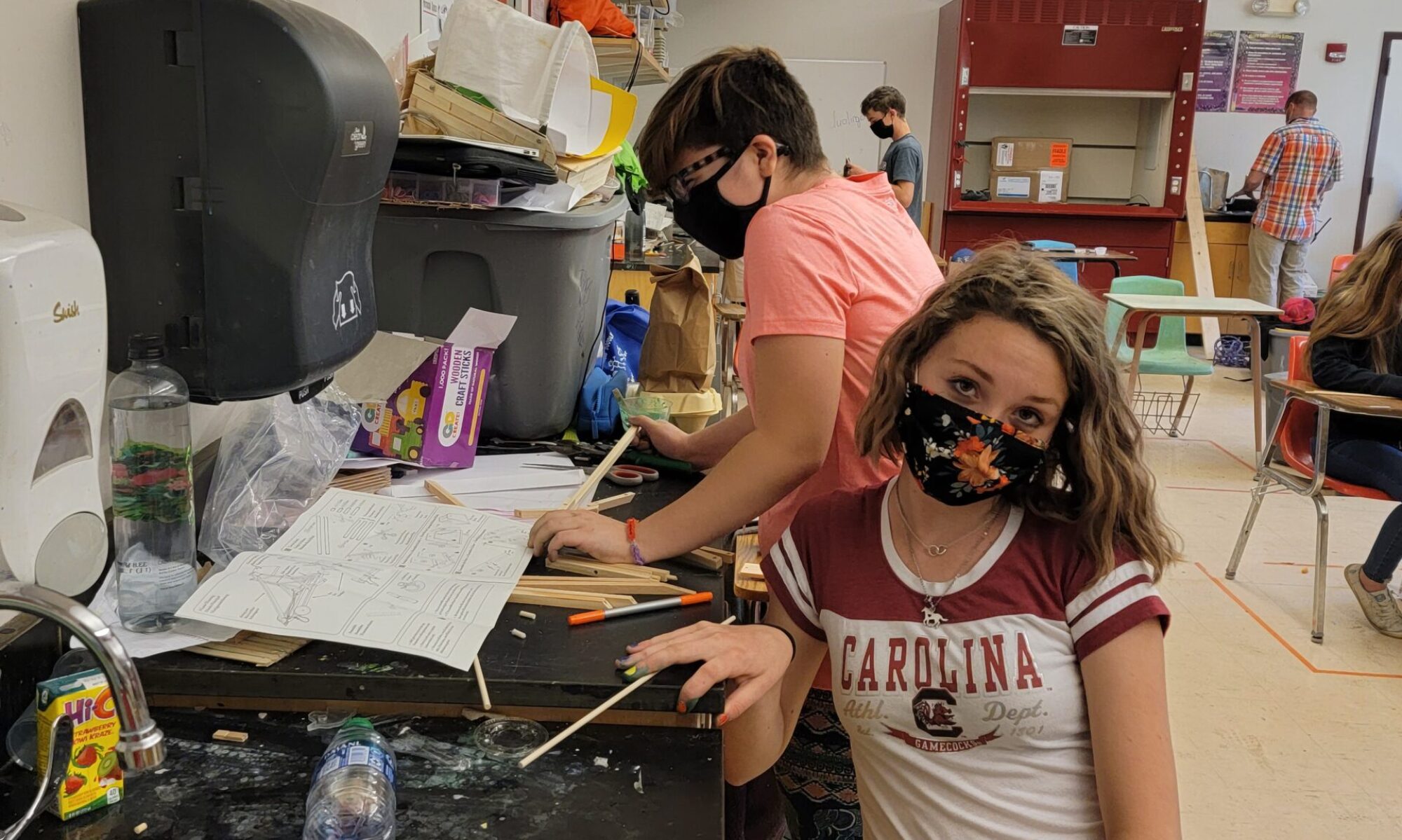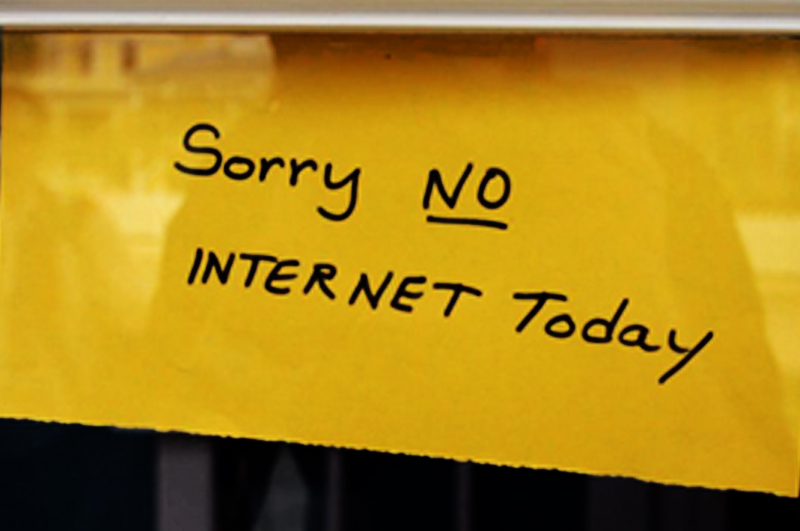There is not one right response or plan for school closures. Each school community faces different needs, contexts, and situations. And we know in some regions of our beautiful state, access to high speed internet and digital devices are limited.
So, not all #vted schools are going to have the same plans for remote learning. Some communities will have access, some won’t. We will need to constantly work on addressing these inequities now and well into the future.
But for right now, we wanted to share with you a plan to continue learning with limited internet or device access. How can we make sure that all students have opportunities to connect, learn and grow while away from school?
Today, we will take you through setting up a school plan and share an example from White River Valley Middle School, and how they are centering students and equity as much as possible in this fast moving, quick changing situation.
5 things to consider when designing a plan for distance/out of school learning:
- Access. Remember that not all students have access to online learning platforms. When designing learning activities consider multiple access points including the almighty paper and pencil and email. (Don’t forget about postal service!)
- Support. If we apply what we know, students’ support at home can vary. Given many parents maybe working from home as a recommendation of social distancing. Their attention and support might need to be spread across many domains. Consider learning opportunities that students will be self-directed or with minimal support.
- Resources. We cannot assume that students have access to resources or materials when at home. When thinking about asking them to create or build something the materials they have access to may vary. Please consider a menu of options where they could or could not choose to build or create.
- Communication. Schools strive to be an inclusive community. Communication is key to a sense of belonging and support. Remember, not all students have access to online interfaces. Please consider multiple types of communication including online but also phone or snail mail. Also, educators who also may be at home might have other responsibilities to pay attention too. Just a consideration.
- Use existing structures. Many hands make light work. How might you use existing structures to support this transition? Advisory might be a great way to keep an already cohesive group feeling connected and supported.
Everyone needs to come together right now, to feel connection and support.
Families need your leadership and your voice in saying that education will continue, though in a much different way, while the school is physically closed and remote learning is in place. Families and caregivers need to know that the school is working hard to make sure that children are cared for, given opportunities to connect and to learn.
The faculty at White River Valley Middle School (Bethel) developed a plan that takes many of these into account. Their plan dissolves the boundaries of subject specific disciplines and focuses on learning.
The brain is a muscle and the goal is to continue to exercise that muscle in this time transition.
We all recognize that the immediate future will just look different. How different? We’re not sure, yet!
Connection with students

Consider, how will you touch base with your students each day? Will it be a morning meeting for those who can on Google Hangouts? Will it be a group chat? Or email? And if there is no digital access for a few students, a check in phone call? This connection is one of the most important things to maintain.
Think about how you want to structure checking in with students each day and then establish those procedures and norms with your students. Once it begins, ask how it is working and how the system could be improved based on your group’s experiences.
For middle school teachers, this could be your advisory group. For elementary teachers, this could be your homeroom class, and maybe you could group students into smaller groups with a co-teacher. Decide how you will connect and then make sure everyone has that information.
Menu of learning activities for students
Think simple. What is one learning activity kids could do, even with limited internet access, each day?
See this menu of learning experience ideas created by White River Valley Middle School teachers. Have students pick at least one activity to do, then record their learning on the distance learning activity reflection planning sheets (with no digital access) or they could fill in a google doc (after they have made their own copy).
Inform the parents
Parents need to know the plan. They are likely feeling overwhelmed with work, family and decision-making. Here is a sample letter from the White River Valley Middle School, sharing the primarily offline learning experience menu and reflection document.
Distance learning activity reflection plan
Universal design calls for reducing barriers for everyone. Universal access for White River means that each student at White Rive Valley Middle School will receive a hard copy of this plan (though on this copy, we changed it a little bit). On it, students say what activity they did, select the subject it was in, and reflect on their learning. This can be done with paper and pencil or make a copy and written on a personal Google Doc
It can be extended in a few ways. Students could pick from a list of transferable skills and explain how the selected learning activity showed growth in that skill.
Also, despite limited internet access, students could have a daily suggested schedule, with lots of flexibility:
- Teacher/class connection activity.
- Read for 30 minutes each day
- Practice math for 30 minutes each day
- Select another learning activity for 1-2 hours
- Reflect on their learning for 15-20 minutes each day.
This of course will take a large bit of self-direction and support. But it is a simple plan that could be replicated, adjusted, and used in any way possible to support remote learning.
How are you planning for distance learning? What would you change or add to this plan?
Thank you for all you are doing to keep kids safe, healthy and learning. We are here to help you. Please leave a comment or questions or need and we will get back to you.



The school is working hard to ensure